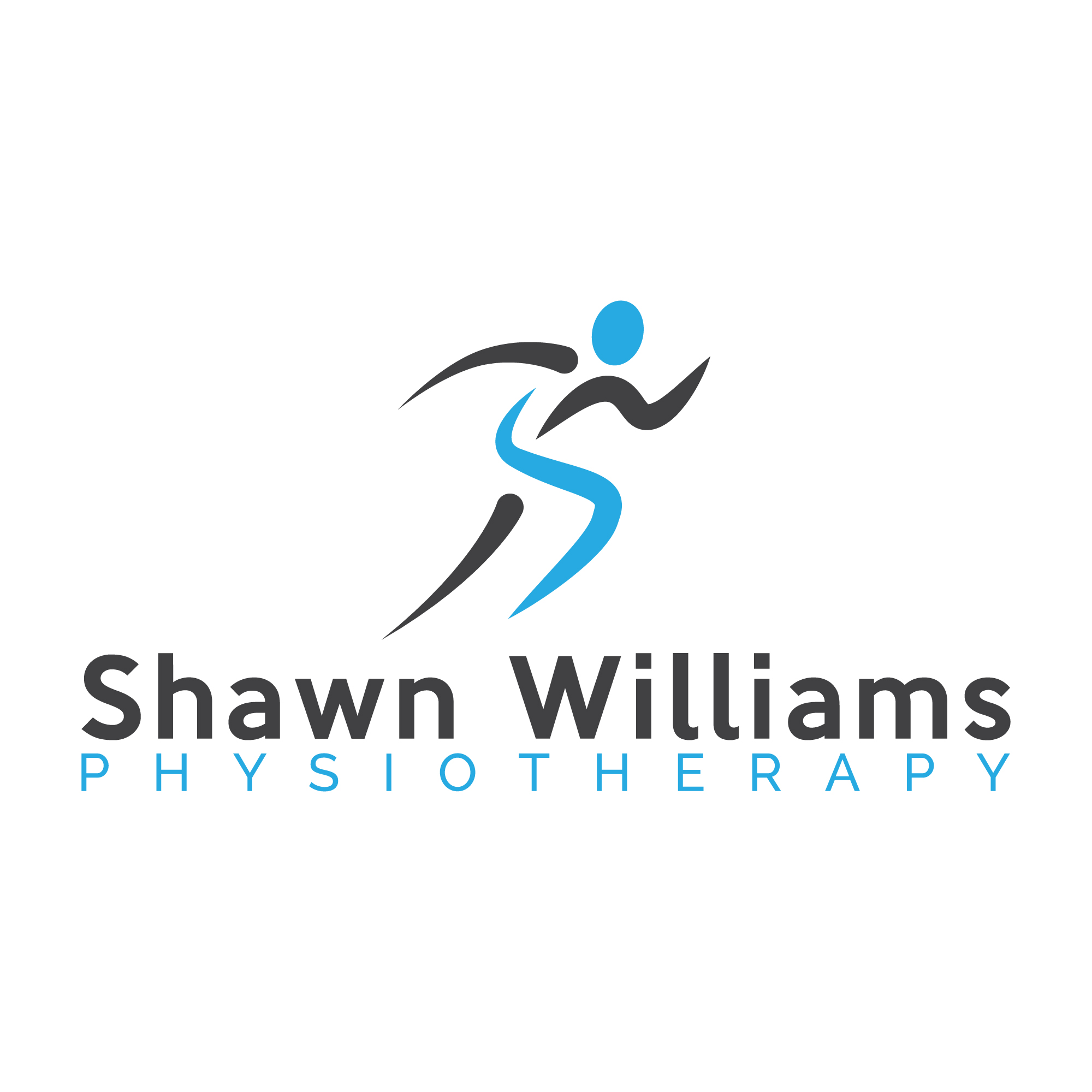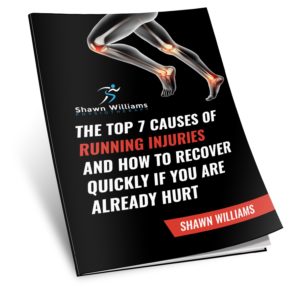One of the most common injuries to the knee is a sprain or tear of the Anterior Cruciate Ligament or ACL. This often occurs in sports such as soccer, basketball, or football. If you are reading this, you most likely have ruptured your ACL and are preparing for an upcoming ACL reconstruction surgery or maybe you have already started physiotherapy. A successful rehabilitation of the knee can take about 7-9 months of a consistent and dedicated exercise program. By seeing a qualified physiotherapist, with expertise in ACL rehabilitation, you make sure that you stay on track and get back to your active lifestyle as quickly as possible. Below are a few tips I would like to share so that you can set yourself up to get the most out of your ACL reconstruction.
ACL Reconstruction Surgery Tip 1: Start your physiotherapy immediately following surgery.
It is important for you to start your physiotherapy immediately following surgery, so that you can quickly obtain some range of motion (ROM), as well as discuss your exercise program/protocol for the next following weeks. I generally see most of my ACL reconstruction surgery patients within 1-3 days post surgery. Getting physiotherapy started right away makes sure that you are on the right track from the beginning and lessen the chance that complications may arise along the way. Waiting too long to start good physiotherapy can result in a delay in recovery or make it hard to get full ROM back in the knee. If you have booked at a clinic that cannot guarantee that you are seen in the first 5 days following surgery, you are best to find another option. It is best to set up your post-operative surgical appointment before you go in for treatment so that you that you know exactly which physiotherapist will see and you can be off to fast recovery following surgery. In- home physiotherapy with a physiotherapist that has a expertise in ACL rehabilitation is a great option, as you can be seen immediately following your surgery in your home. You may find it hard to get to a clinic right away, as your mobility may be limited and your pain levels might be high.
ACL Reconstruction Tip 2: Diminish pain and swelling as quickly as possible
Following your ACL reconstruction surgery, you may have a significant amount of swelling and pain. It is very important that you address this early on for the following reasons:
- Ongoing pain and swelling will make it difficult to achieve full ROM as
quickly as possible.
- Swelling takes up joint and tissue space making it
difficult to increase ROM
- Pain and swelling decrease muscle activation around the knee. Even small amounts of fluid have shown that it makes it difficult to contract the quadriceps. Without quadriceps activation, it is difficult to function or walk around, and will cause you to walk around with a bent or stiff knee
Many patients do not focus enough on this early on. You must pay attention to this and address pain and swelling through icing, elevation, compression wraps, cyrocuff or Game Ready cuff, ankle pumps, electro-stimulation and not pushing through too much activity.
ACL Reconstruction Tip 3: Get physio and stay physio until you are discharged
Working with a physiotherapist throughout your ACL rehab will ensure that you get the results you deserve. A good physio can keep you on track, ease your concerns, and ensure that you have a smooth recovery. A physiotherapist, who provides hands-on treatment, will help accelerate your recovery and give you the best outcomes. Not taking your rehabilitation seriously and making sure you are achieving your ROM, and strength requirements can lead to another ACL tear or knee injury down the road or increase risk of osteoarthritis down the line.
If you are in Toronto and have an upcoming ACL reconstruction surgery coming up phone us at 416-660-4187 for a free consultation to discuss your upcoming ACL surgery. You can also download a copy of our Free Report:



